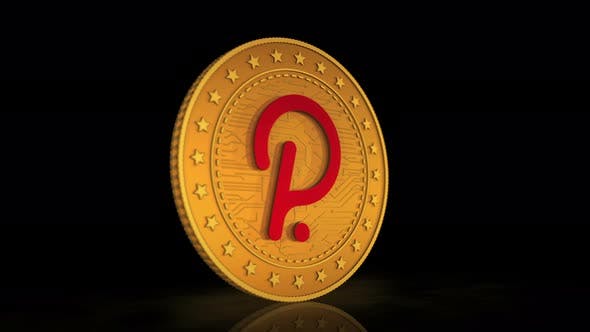Polkadot is a scaling solution for blockchains. It offers the ability to send transactions off-chain in an array of conditions, with transaction speed varying depending on what consensus mechanism the blockchain it has been sent from employs.
How does Polkadot work?
The most important part of Polkadot is Relayers. These are specialized nodes that are incentivized to host data of users on the Polkadot network.
Creating a new Relayer requires having DOT tokens, which is why they will be used as a means of payment within the Polkadot network. As with most cryptocurrency platforms, you can think of Relayers as nodes that run an infrastructure service required for the operation of the platform.
In exchange for providing their services, Relayers are rewarded with DOT tokens by Polkadot. How do they get paid? When a contract is created on a blockchain that uses Polkadot, there’s a special data field included, which relayers can use to charge an extra fee if they host the data of that contract. This fee is paid for by the creator of the smart contract, and is collected by Relayers.
Every time a token holder makes a transaction on Polkadot, they need to pay an additional DOT fee to cover the storage cost of hosting their transaction. The issuer of the token will be able to decide themselves if they want to pay the fee or not, but if they do decide to pay, a portion of the fee will be sent directly to the relayers that provide storage.
The good news is that Relayers can’t just skim off the top and steal tokens from users’ wallets. The only way for them to get paid is by having the last address that created a transaction on Polkadot make the payment.
How do I buy DOT tokens?
DOT can be purchased from exchanges such as EtherDelta and Radar Relay. If you want to purchase with fiat currency, you will need to use an exchange like Kraken or any other major cryptocurrency platform.
How does Polkadot (DOT) Work?
Polkadot is a scaling solution for blockchains. It offers the ability to send transactions off-chain in an array of conditions, with transaction speed varying depending on what consensus mechanism the blockchain it has been sent from employs. The most important part of Polkadot is Relayers. These are specialized nodes that are incentivized to host data of users on the Polkadot network.
Creating a new Relayer requires having DOT tokens, which is why they will be used as a means of payment within the Polkadot network. As with most cryptocurrency platforms, you can think of Relayers as nodes that run an infrastructure service required for the operation of the platform. In exchange for providing their services, Relayers are rewarded with DOT tokens by Polkadot.
How do they get paid?
When a contract is created on a blockchain that uses Polkadot, there’s a special data field included, which relayers can use to charge an extra fee if they host the data of that contract. This fee is paid for by the creator of the smart contract, and is collected by Relayers.
Every time a token holder makes a transaction on Polkadot, they need to pay an additional DOT fee to cover the storage cost of hosting their transaction. The issuer of the token will be able to decide themselves if they want to pay the fee or not, but if they do decide to pay, a portion of the fee will be sent directly to the relayers that provide storage. The good news is that Relayers can’t just skim off the top and steal tokens from users’ wallets. The only way for them to get paid is by having the last address that created a transaction on Polkadot make the payment.
Getting involved in DOT
As of this moment, it’s not possible to purchase DOT tokens. The only way for you to get some is through an exchange like EtherDelta or Radar Relay. If you are interested in purchasing with fiat currency, you will need to use an exchange like Kraken or any other major cryptocurrency platform.
Polkadot (DOT) Price Predictions and News
I think now it’s good time to buy DOT, because I expect that the price will be at least $1 in Q4 2019. You can use my forecasts as reference material or find other forecasts on sites like Smartereum, Wallet Investor and TrackICO.
